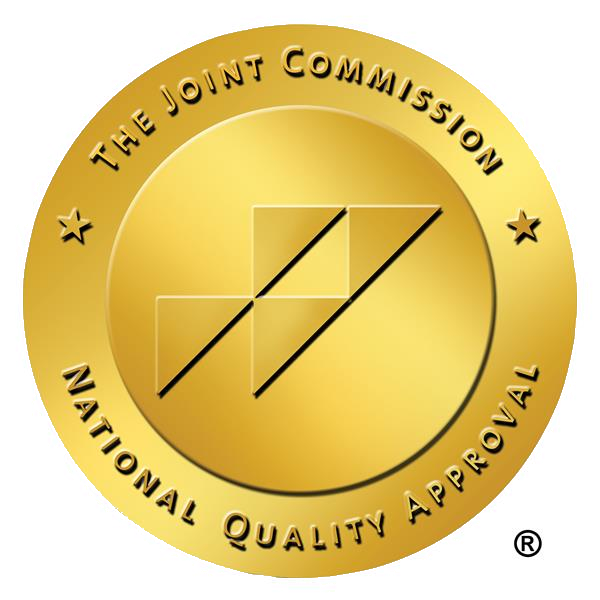Admissions Staff Are Standby 24/7
What Is a Drug Ceiling Effect?
Article Contents
The drug ceiling effect is a pharmacological phenomenon in which a drug’s effect on the body reaches a plateau. Higher dosages have no impact because they have reached their efficacy limit. Many drugs, including opioids and over-the-counter aspirin, reach this ceiling.
The drug ceiling effect causes many cases of overdosing on substances for which they have a tolerance. However, with the aid of agonists, this effect can be used to treat opioid addiction.
In a clinical environment, dosages are increased gradually until the pain is manageable. Side effects such as sleepiness, disorientation, diarrhea, or respiratory depression are commonly associated with dose increases.
Tolerance to these side effects develops, but not as quickly or to the same extent as tolerance to analgesia. Preventing tolerance may decrease opiate doses, minimize side effects, and lessen the chances of relapse.
What Are The Agonists?
Two kinds of agonists are employed when treating drug use disorders with medication. One has a medication ceiling effect, whereas the other does not. The first is a complete agonist, called methadone, which is used in therapy. It is most similar to heroin and can stay in your system for up to 59 hours.
Methadone has no drug limit and is best suited for treating people who have been using drugs for a long time. These patients are more likely to develop an addiction to considerably larger dosages.
Partially agonists are used the second time. Buprenorphine is an excellent example of a drug used to treat addiction. It produces a pharmacological ceiling effect that can last up to 60 hours. It is used to treat individuals who have not yet developed significant resistance to opioids because of the ceiling effect.
Many patients who take buprenorphine for drug use disorders report feeling normal for the first time in years.
Why Use These?
The initial few days and weeks of withdrawal are among the most painful that a person will ever face on their journey to substance freedom.
Some people have more severe symptoms than others. In general, the more dangerous the substance, the higher the dosages. The longer the duration of usage, the harsher the withdrawal symptoms.
To make the transition more pleasant, several treatment facilities use agonists that mimic the effects of opioids. These medications aid in reducing the shock to the body when the chemical is progressively reduced. The agonists are, in fact, controlled opioids, making them particularly beneficial to this therapy. Agonists controlled by medical specialists are safer than recreational opioids.
Are They Safe?
These medications have been authorized by the FDA for the Medicated Assisted Treatment of substance abuse. They are beneficial not just for treating heroin addiction, but also for treating morphine addiction. Some treatment facilities have also used MAT to address other forms of drug addiction.
Both agonists can interact with other medications, so patients must adhere to the treatment program. This necessitates being honest with the professionals giving the medicine about any other drugs present in the system.
Buprenorphine is thought to be less dangerous than methadone. As a partial agonist with a pharmacological ceiling effect, it reduces the risk of an overdose. It is also less likely to cause deadly respiratory depression than other options.
How Do I Get Them?
Medical specialists administer methadone as part of inpatient treatment because of its potency. Doctors prescribe buprenorphine to patients who will use it at home.
Using the drug ceiling effect is just one component of the treatment plan in fully equipped rehabilitation facilities, particularly the detox aspect.
The MAT process is only the beginning stage of treatment. People recover best with a more holistic approach, including behavior therapy. It may not be suited for everyone, but it may be the best treatment option for you.










